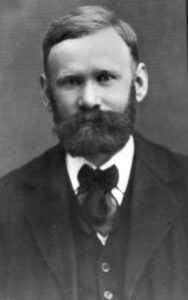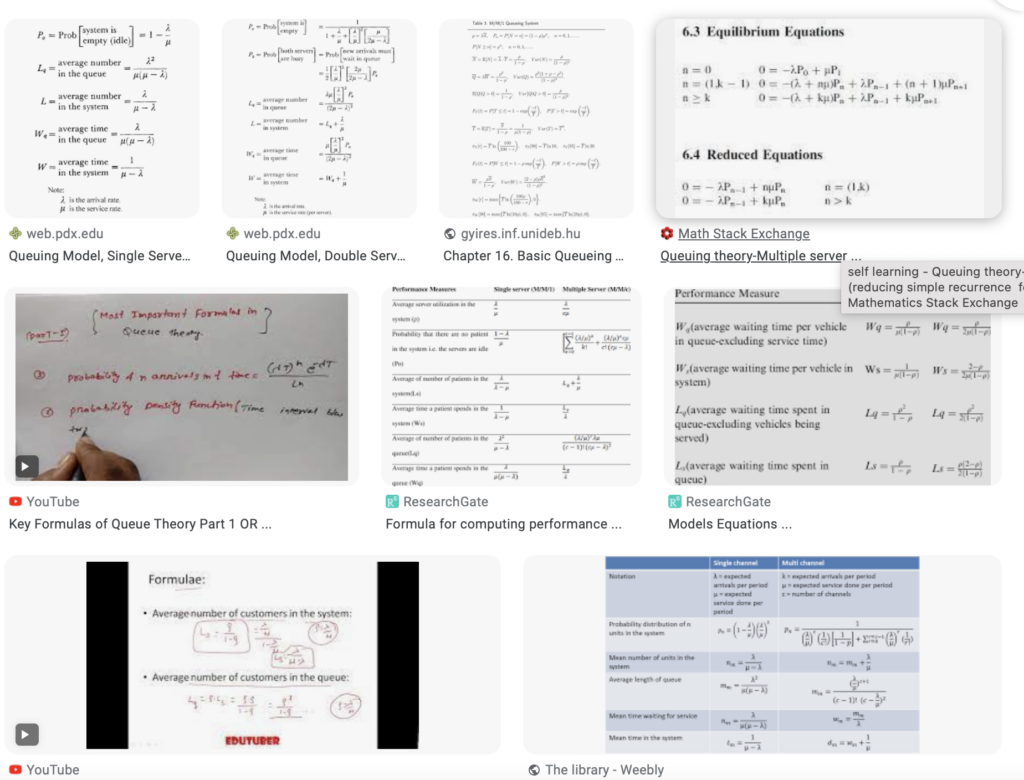Queues are something we would all rather avoid. Yet, as customers, there we are standing in line at the grocery store, in the airport, getting coffee, on the phone with customer support. Queues are everywhere.

If you’re responsible for customer service, managing them well can make a big difference for your customers and employees. Throughout my career, I’ve worked with hundreds of organizations that have enjoyed the advantages that come from managing queues well. I’ve also seen the damaging results when queues are not managed well. Queues are the doorways to your organization. But the dynamics and math behind them can be intimidating. What do customer service leaders need to know?
Read on for some perspective….
Queueing Theory

Though often behind the scenes, his work has influenced the design of systems and operations in organizations throughout the world. There’s a small museum in his honor in Copenhagen, Denmark, in the building where he worked. I’ve been there.
Before I tell you about my visit, let me share an observation. I’ve found the mere mention of “queuing theory” can frighten customer service managers. Many do some digging, and discover a vast body of research.
Try this: on your phone or computer, do a search for “queueing theory formulas” in your browser. Then click on images. Scroll down the page and you’ll see what I mean!

Leadership Decisions
It takes many college semesters to scratch the surface in the study of queuing theory. In fact, the very first class will introduce the many considerations that are part of even the simplest queue. All of this can leave customer service managers feeling unqualified. But that perspective is flat wrong.
You don’t have to be an expert in transmission, brakes, or suspension systems to drive a car. You do have to know where you want to go and the rules of the road.
You don’t need to know everything about queuing theory. It’s already at work and easy enough for anyone to use in decision frameworks, scheduling tools and queue management systems. It can help you get to where you want to go. You WILL need to make important decisions around the services you want to provide. You’ll need a clear-eyed perspective on the experiences you want your customers to have. You will also need to know the tradeoffs behind these decisions.
The day I visited the museum, I was the only one there. I asked the receptionist how many visitors they get. “Just you today,” she said.
Okay, queueing theory isn’t a top tourist attraction just yet. But it’s a rich, amazing resource for those of us responsible for customer experience.



0 Comments